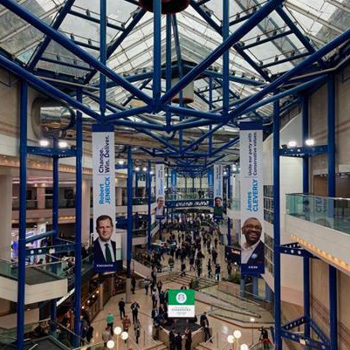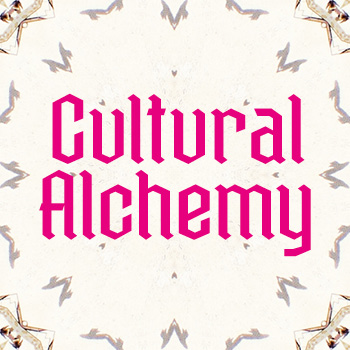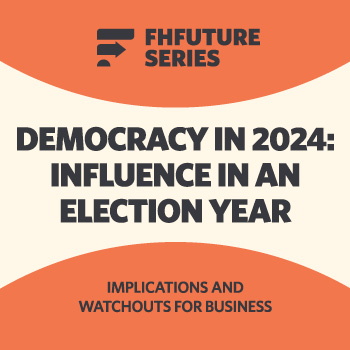TechMunch: Culture clash; when technology and art collide
In our continuing TechMunch series Connor discusses if art and technology can work together or if they are destined to be enemies.
Technology and art have always had a divisive relationship. Fine art purists have harboured a wary scepticism towards the use of new technologies, and ‘techies’ have traditionally been aloof from art’s whimsical nature.
In today’s technologically driven society, issues around privacy and identity, dependency, and advances in technology are creating compelling stories for artists and technologists alike. Art has historically been informed by, and informed, culture, much in the same way technology is now doing – so naturally culture has begun to intertwine the two.
More and more artists are pushing the boundaries of art, looking outside of the perceived “traditional” approach to incorporate other, more industrial aspects into their work.
Art is making moves to become less static, taking on new forms – from digitally printed sculptures to patterns created by algorithms; technology opens up limitless, immersive experiences for the public.
For example, Aaron Koblin sees beauty in data. The entrepreneur and digital media artist translates otherwise dry, tedious information and filters it through different lenses to make art. This has been particularly evident in his ‘Flight Patterns’ project, which tracked the paths of air traffic over North America to create visualisations that resemble tangles of coloured threads.
Another project, ‘Light Echoes’, utilises the movement of trains to create stunning visuals. Collaborating with director Ben Tricklebank, Koblin mounted a laser on a custom-made crane that moved along with a train, projecting various images including topographical maps and even lines of poetry into the dark Southern California countryside. Those projections left visual “echoes” on the tracks and around the train, which they captured through long-exposure photography.
This type of work has shifted perspectives and changed the way we consume art. But is technology actually distorting it in a negative way? An argument is that technology is taking away craftsmanship– but when you think about it, throughout history and up until very recently, only the upper classes participated in the creation of art, while the rest of the public acted as passive observers – if they got to see it at all. Today, in our connected world, anyone can create and everyone can participate – transforming the elitist platform that art once was.
Technology isn’t just reserved for creating art; curators and museum management are increasingly looking towards technology to improve the visitor experience, manage collections, and provide insights into addressing funding gaps. Companies are also capitalising on this by creating virtual reality apps to facilitate offsite tours and even allowing you to ‘step into paintings’.
The internet and new technologies have opened the landscape of creating, manipulating and distributing art. Ultimately, it is becoming easier to create pieces – and share them with the world.
An openness to using technology in art is not new. I mean, who would have heard of Andy Warhol without silkscreen printing? The truth is that technology has been providing artists with new ways to express themselves for a very long time. And boundaries are limitless.
As technology, and especially computer technology, continues to advance, new ways to experiment will be opened up – allowing creatives and technologists to pioneer new ways of expression.
Art can’t be measured, can’t be defined, and can’t be agreed upon. To celebrate art is to acknowledge the infinite tastes and diversity of humanity that systems are unable to capture. But technology can. Does this mean that the two can’t coexist?
Put it this way, water and oil don’t mix but they sure do look good together.
Connor Mahon, Account Executive, Technology
Find Out More
-
Democracy in 2024: Influence in an election year
May 2, 2024


